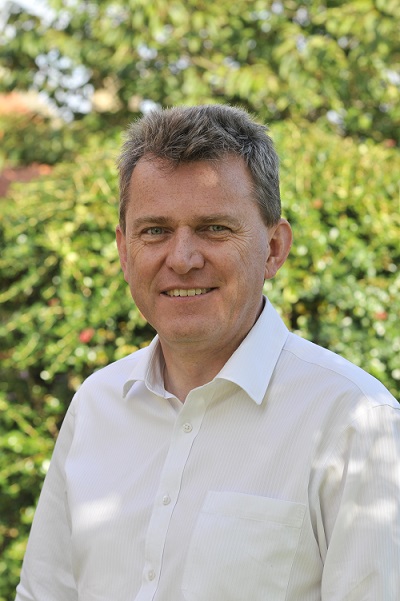Andy's Blog: The electricity network – building back better?
10th Dec 2021

Andy Dean, CAN’s Chief Exec, writes:
The havoc caused by Storm Arwen has been awful.
Local communities, including Parish Councils, village halls and warm hubs, have all stepped up to help in whatever ways they can along with many other organisations and individuals.
The post-mortem into why the storm caused so much devastation to electricity supplies and why it has taken so long to get people and businesses reconnected will, I am sure, take place in due course.
The immediate priority has to be to get everyone re-connected – but to what extent is this a short-term fix?
Climate change means that storms and other weather events will become more frequent. Putting poles and cables back up only for them to be blown down again at some point seems incredibly short-sighted.
The demands placed on the electricity network will only grow as we transition away from fossil fuels. Electric vehicle charging and an increasing reliance on electricity to heat homes will mean we all need more power supplied through the national grid. From a strategic net zero point of view, this makes clear sense as the grid itself moves away from fossil fuels as its raw material. However, this must also be accompanied by vastly increased resilience for electricity infrastructure.
Why we must make rural areas a priority for resilience
The demands placed on the national grid will increase first in rural areas if, as the government is currently suggesting through a live consultation exercise, those parts of the country off the gas grid (largely rural areas) are the first to be prevented from installing fossil fuel-based boilers from 2026 onwards – just four years away. Storm Arwen has ably demonstrated that these are the very areas most susceptible to network damage and where repairs are the most difficult to carry out swiftly.
National government and Ofgem must urgently consider and plan for significant improvements to the resilience of power supplies in rural areas. If not, the risk is that each storm has a greater impact on lives and livelihoods as electricity becomes the prime power source for all aspects of life.
So, what is needed? Clearly the utility infrastructure needs to be improved. Government is fully aware of this, and investment will take place – but can we please start in the areas most at risk?
The case for local power generation and storage
I am no expert, but it seems to me that a fundamental part of any long-term solution must also be to greatly increase the amount of local power generation and energy storage available to local communities – particularly the most remote. Connection to the grid remains critical for the two-way flow of power but if sufficient generation and storage are available locally then it matters less if the fragile wires crossing fields and woodland are severed – and it increases the time available to carry out repairs before households are left with no means to go about everyday life.
There are plenty of examples where this already happens across the UK. We at CAN – along with partners the National Innovation Centre for Rural Enterprise (NICRE) led by Newcastle University and the Rural Design Centre (funded by the North of Tyne Combined Authority) – are involved in a number of initiatives to do just that, including a project to put solar panels on village halls with associated battery storage facilities to provide power when the sun cannot – incredibly useful when these facilities are needed to operate as Emergency Rest Centres.
But we all really need to up the ante – and if the government intends to start the move away from fossil fuels in rural areas, then they are the same areas that should be prioritised for support with developing community energy generation and storage. That’s just common sense, isn’t it?
NB: Spare a thought for those 350 or so households in Northumberland who are not, and never have been, connected to the national grid. Our Powerless People short film explains a bit more.
Andy Dean
